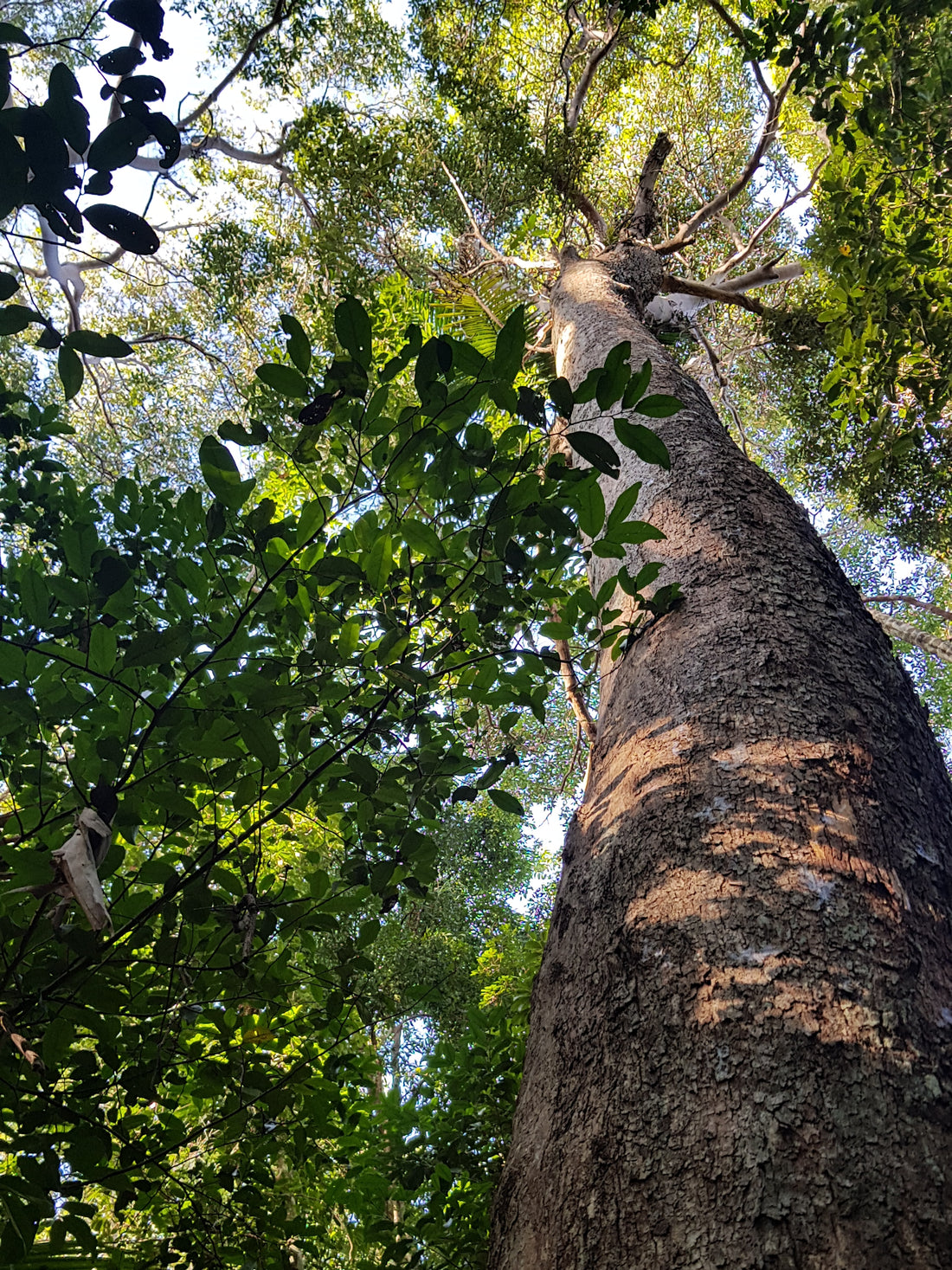
What is Central Leader Training and How Does it Work
Share
Native Australian trees are not only beautiful additions to any landscape, but they also play a crucial role in supporting local ecosystems. However, these trees often require proper training and maintenance to ensure their health and longevity. One popular training technique for native Australian trees is central leader training. In this blog post, we will explore what central leader training is and how it can benefit your trees.
What is central leader training?
Central leader training is a pruning technique used to shape and train trees to have a strong central leader, which is the main vertical stem of the tree. This technique is commonly used for native Australian trees such as eucalyptus, acacias, and banksias. By promoting a central leader, the tree develops a strong and stable structure, allowing it to withstand harsh weather conditions and reduce the risk of branch breakage.
How does central leader training work?
Central leader training typically begins when the tree is young and still in its early stages of growth. The process involves selectively pruning the tree to remove competing leaders or branches that may hinder the development of a strong central leader. The central leader is then encouraged to grow vertically by removing any lateral branches that may compete for dominance.
As the tree grows, regular pruning is necessary to maintain the central leader's dominance and remove any potential structural issues. This includes removing any crossing or rubbing branches, as well as maintaining a balanced canopy to prevent excessive weight on one side of the tree.
What are the benefits of central leader training?
Central leader training offers several benefits for native Australian trees:
- Improved structural integrity: By promoting a central leader, the tree develops a strong and stable structure, reducing the risk of branch breakage and tree failure.
- Enhanced aesthetics: Central leader training helps create a well-balanced and visually appealing tree shape, enhancing the overall aesthetics of your landscape.
- Increased sunlight penetration: By removing competing branches, central leader training allows more sunlight to reach the lower parts of the tree, promoting healthy growth and foliage density.
- Reduced maintenance: Properly trained trees require less maintenance in the long run, as they are less prone to structural issues and are more resilient to environmental stressors.
It is important to note that central leader training should be performed by a trained professional to ensure the proper technique and timing. Improper pruning can lead to irreversible damage and negatively impact the tree's health.
Conclusion
Central leader training is a valuable technique for shaping and training native Australian trees. By promoting a strong central leader, these trees can thrive and provide numerous benefits to your landscape. If you have native Australian trees on your property, consider consulting with a professional arborist to determine if central leader training is suitable for your trees.
